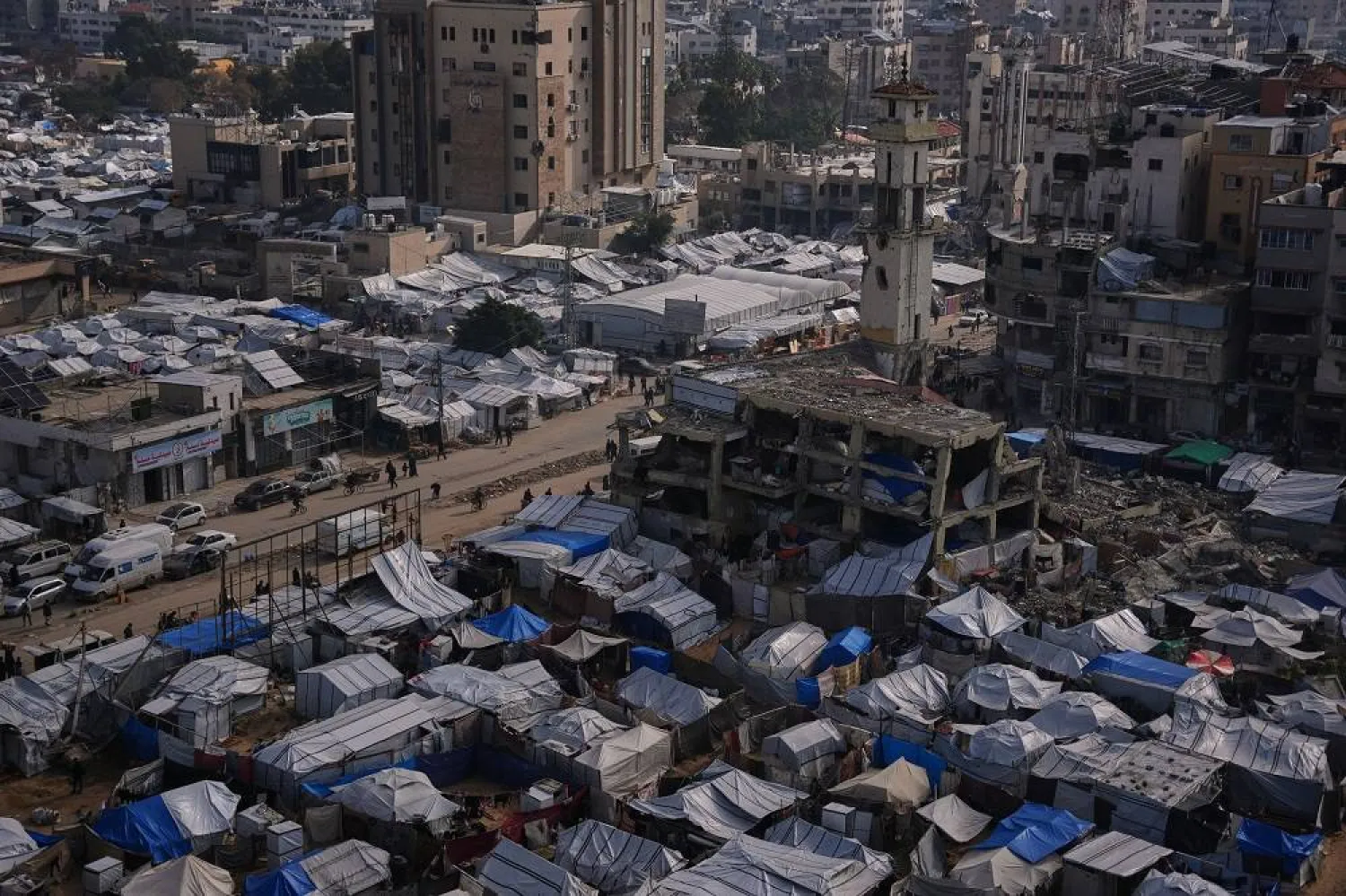A recent UN report has revealed that climate change provokes displacement in Yemen and contributes to poverty, conflict, violence, and exploitation, putting children at risk.
“Children are most at risk due to exposure to climate and environmental shocks and their vulnerability to those shocks because of limited access to essential water and sanitation, education and health services,” UNICEF revealed in a report on landscape analysis for children in Yemen.
It said that the national climate policies and strategies that guide the climate, environment and energy agenda in Yemen are not child-sensitive, sometimes lacking any reference to children and youth.
Similarly, the report found that child-relevant sectoral strategies make weak connections with climate challenges and how they affect their sectors.
It said rising temperatures will intensify and extend heatwaves and droughts, exacerbating land degradation and water scarcity, and damage coastal ecosystems. Also, annual rainfall is decreasing while becoming more variable and unpredictable.
“Water scarcity coupled with flood events endanger livelihoods, trigger conflicts over land and water resources, and provoke greater displacement and urban migration,” UNICEF said in the report.
It added that Yemen’s agriculture is under duress leading to reduced food security.
Also, the report found that water is a key factor, either due to erratic rains or to flood damage. “The agricultural sector consumes 91% of water in Yemen, contributing to depleted groundwater resources,” it said, adding that urban encroachment, coastal groundwater salinity, overgrazing, soil erosion, droughts and desert locusts all impact the struggling sector.
As for the energy sector, the report said it depends on petroleum products, with the largest consumers being transportation, households and electricity production.
“Domestic oil production has plummeted since 2015, and fuel prices have soared. Even prior to the conflict, Yemen had the lowest installed electricity generation capacity as well as the lowest electricity access rate in the region,” it said.
Heavy Burden
The report said Yemen contributes a tiny portion of global CO2 emissions, noting that solar photovoltaic energy continues to gain ground as Yemenis seek reliable off-grid alternatives, and farmers have adopted solar for irrigation, placing additional pressure on fragile aquifers.
While wind and geothermal energy potential are largely untapped, the report said they remain promising.
Of the global burden of disease attributable to climate change, the report said 88% is borne by children. “Children are most at risk of the impacts of extreme weather events and heatwaves, aggravated by malnutrition and scarcity of clean water,” it noted.
The report then anticipated increases in water and vector-borne diseases in Yemen, as well as heightened child deprivation due to repeated climate shocks that overwhelm traditional coping mechanisms.
It said that when urgent care for children is required, access to health services is a challenge for many Yemeni families.
Meanwhile, UNICEF said land degradation and food and water insecurity provoke displacement and contribute to poverty, conflict, violence, and exploitation, putting children at risk.
It said climate-driven humanitarian disasters drive large-scale displacement and require responsive child protection services – psychosocial support, prevention of gender-based violence, and family reunification – to meet the challenge.
Damage to Health, Education
UNICEF’s report then predicted that population growth coupled with more frequent droughts will lead to greater competition for water for domestic uses, irrigation and industry.
“Water supply coverage in Yemen is dangerously low, and 39% of the population have limited access or unsafe drinking water,” it said.
Also, climate and environmental threats exacerbate poor access, poor retention and poor learning outcomes for Yemen’s school children. Floods damage poorly designed or situated schools, and heatwaves call for investment in school ventilation and more greenspaces.
In urban environments, the report noted that air pollution threatens children’s health, raising their risk for chronic diseases such as cardiovascular disease later in life.
Yemen is a sub-tropical, largely arid country. It is hot and humid along the west coast, temperate in the western mountains, and hot, harsh desert in the east.
Temperatures range widely depending on elevation or, in the coastal areas, distance from the sea. Mean temperatures in the highlands range from below 15°C in winter to 25°C in summer, and in the coastal lowlands from 22.5°C in winter to 35°C in the summer.
The annual mean temperature has increased at a rate of approximately 0.39˚C per decade since 1960, more rapidly than the global average.
The increase has been faster in summer (Jun-Aug) at an average rate of 0.56˚C per decade and slower in winter (Dec-Feb) at 0.21˚C per decade.
The 120-year record of average annual mean temperature shows this increasing trend and greater variability.









